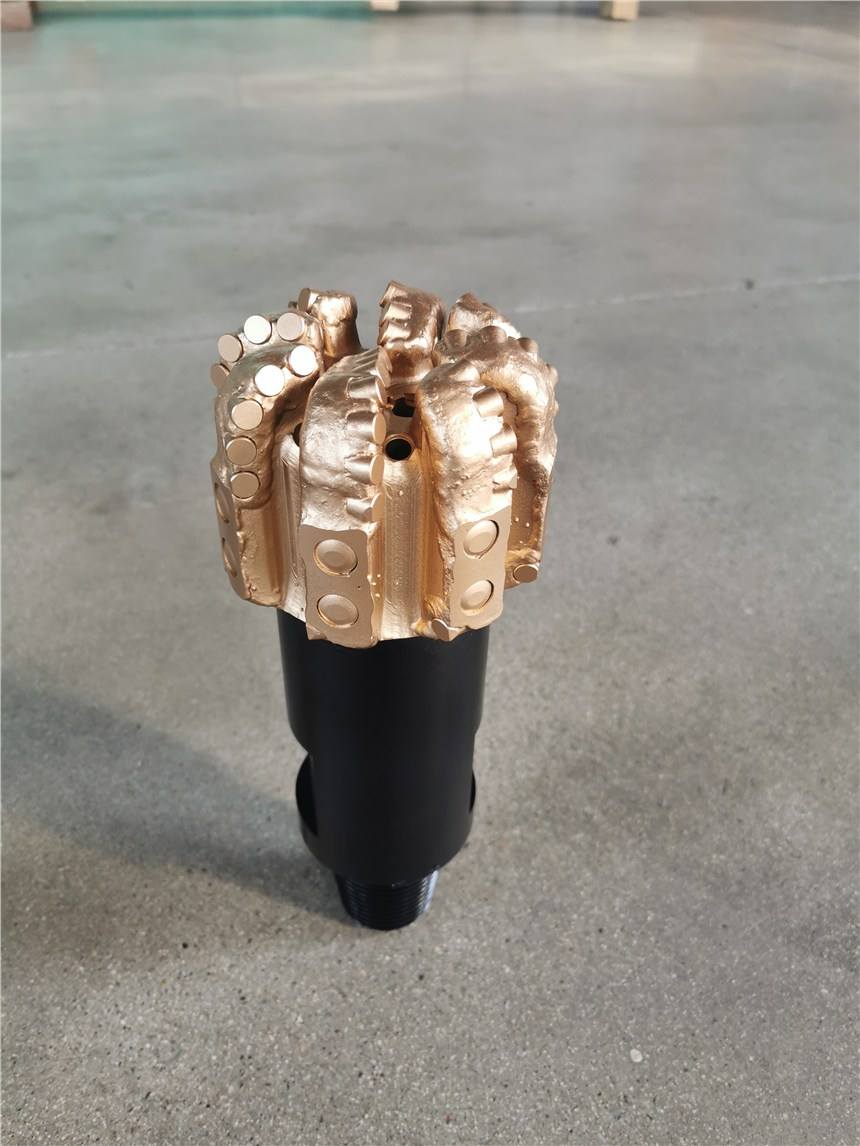What are the classifications of drill bits?
At present, there are many types of drill bits used in the petroleum industry. The drill bits are classified according to different drilling methods. They can be divided into diamond drill bits, roller cone bits and scraper bits. These three drill bits are the basic drill bits. Among the three kinds of drill bits, the one that is widely used and widely used in oil drilling is the roller bit, which is also widely used. Comparing these three kinds of drills, the one with a smaller range of use is the scraper drill. This article mainly introduces the diamond bit and the roller bit.
diamond
The drilling tool using diamond material for the cutting edge is the diamond bit. The main advantage of the diamond bit is that it can adapt to the formation with high abrasiveness and hard geology, and the cutting performance is also relatively good. It has very significant advantages in high-speed drilling.
According to the difference of the suitable formation, the diamond bit can be divided into two categories: ordinary diamond bit and polycrystalline diamond compact bit. Among these two categories, ordinary diamond bits are suitable for formations with high abrasiveness, hard geology and complex geology; polycrystalline diamond compact bits can be widely used in hard formations, soft formations, moderately soft and hard formations. strata, and its application range is very wide. The difference in inserts is the main difference between the two diamond drills.
The polycrystalline diamond compact drill bit mainly has four components, namely the diamond compact plate, the nozzle, the matrix and the bit body; the ordinary diamond bit mainly has four components, namely the diamond particles, the nozzle, the matrix and the bit body. Because the cutting performance of the diamond bit is relatively good, when the diamond bit is selected as an oil drilling tool, it can drill at high speed and can also expand the drilling depth to a certain extent. In the process of using diamond drill bits for oil drilling operations, the following aspects need to be highly paid attention to:
polycrystalline diamond
1. The price of diamond drill bits is relatively high, so it should be handled carefully when using it to reduce the degree of damage;
2. Diamond drill bits have specific defects in thermal stability, so the cooling performance and cleaning conditions of the drill bits should be guaranteed during use;
Third, its texture is relatively brittle, so the impact resistance of diamond bits will be relatively poor, and strict and standardized operations should be carried out in strict accordance with the relevant regulations of diamond bits.
Cone
Based on the structure of the roller cone bit, it can be divided into five parts: water eye, bearing, slap, roller cone and bit body. If it is a sealed jet roller cone bit, it also includes the oil storage compensation system under normal circumstances. The thread is generally on the upper part of the roller cone bit, the drill string and the thread are connected to each other, there will be a roller cone on the lower part of the bit, with three slaps on it, the roller cone is installed on the roller cone, and there are bearings between the roller cone shaft and each roller , the cone will work through its own cutting teeth to break the rock. The channel of drilling fluid is the water hole of the drill bit. In the process of oil drilling, the roller cone bit will achieve the purpose of breaking the rock through the lateral shearing and longitudinal vibration during the drilling process, thereby increasing the drilling speed.
When choosing a roller cone bit as an oil drilling tool, it is necessary to select the type of the roller cone bit according to the actual situation of the drilling equipment, the actual conditions of the formation, and the geological data and formation data of the adjacent oil wells. When making a selection, the main issues to consider are the following:
In the beginning, it should be considered whether there is a soft-hard interlace in the drilling stratum; secondly, it should be considered whether anti-deviation drilling and curved operation are required in the oil drilling work;
Thirdly, the actual depth of different drilling sections in the same oil well should be considered;
After Z, the drilling geology, the grindability of the formation, and the degree of softness and hardness should be considered.

Related products Link:




